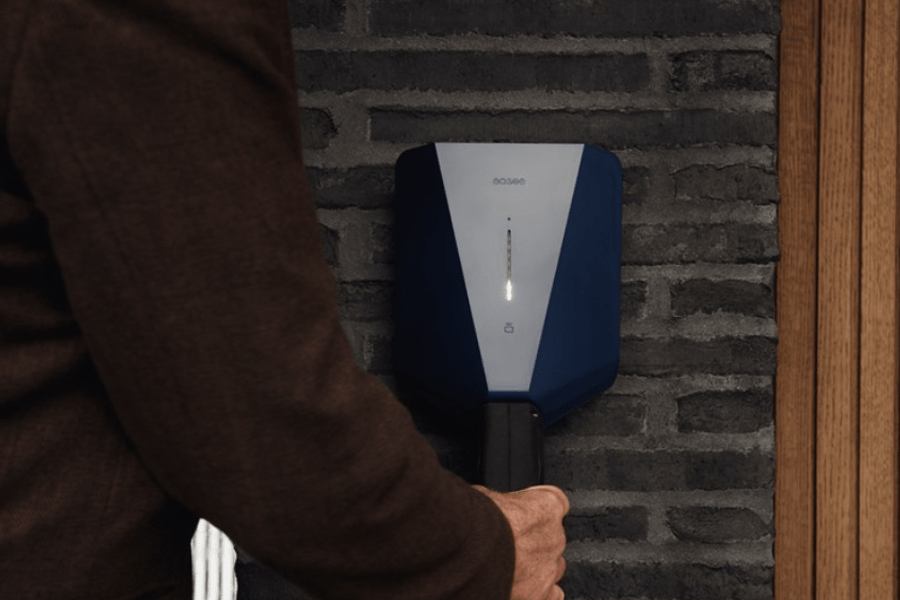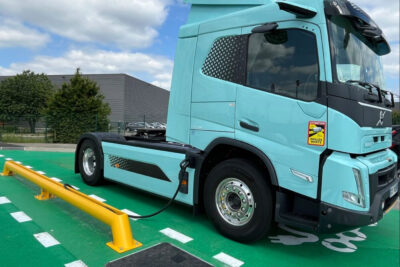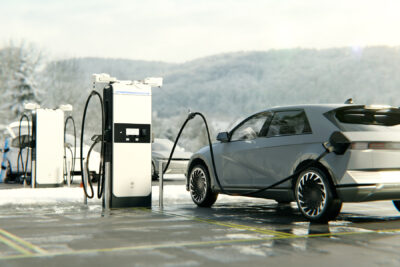Swedish Safety Authority rejects Easee measures as inadequate
A brief review with all details to be found here – Elsäkerhetsverket, Sweden’s authority for electrical safety, tested six different wall boxes in February 2023 and discovered several defects in the Easee ‘Home’. One of the central problems: Contrary to the declaration, no RCD was installed. Since the products ‘Charge’ and ‘Ready’ use the same technology, they are also affected by the alleged defect and safety risks. Easee has objected from the start, pointing to its interpretation of standard tests, but to little avail. Elsäkerhetsverket imposed a national sales ban on the two products in Sweden in March last year.
At the same time, Easee was given time from December 2023 to the end of March 2024 to implement an action plan with measures to eliminate risks in the nearly 100,000 devices already installed in Swedish homes.
The Norwegian newspaper Stavanger Aftenblad now reports that the authority informed Easee on Wednesday that it considered the proposed action plan insufficient.
Easee’s response was prompt: “The answer is, of course, not what we had hoped for, but we were prepared for it and are not surprised. The case will also be heard in court in April, and we are prepared to address the concerns of the Swedish Safety Authority there,” texted Easee’s press contact, Martin Langeland, to Stavanger Aftenblad on Thursday evening.
It is unknown precisely what measures Easee wanted to implement. Given the design of the wall boxes, which dispenses with a separate RCD on a DIN rail and instead uses an RCD “integrated into the overall design of the charger”, it is hardly surprising that the authority remains unconvinced in 2024.
The company insists that the in-built sensor solution fulfils all the functionalities of an RCD and is even safer due to the automatic checks.
Elsäkerhetsverket disagrees. There was “no solution with residual current circuit breaker and DC protection that meets the requirements of the standards for which the device is declared,” the agency already said last year. “The manufacturer has used an electronic earth leakage circuit breaker solution instead of an electromechanical one. There is a risk that the earth leakage circuit breaker does not always trip when and as it should,” added Joel Lee Antman, Swedish Electrical Safety Authority inspector. A charging station must also have DC protection to ensure the circuit breaker works properly. In the opinion of the authority, this is not the case.
The outcome of the court hearing remains to be seen but is of great importance to the company. Easee has run into financial difficulties, likely due in part to the negative headlines, which not only led to the withdrawal of founder Jonas Helmikstøl from the management board but also the dismissal of more than half of the workforce.
Update 23 April 2024
Elsälerhetverket, the Swedish Electrical Safety Authority, ruled that no measures need to be taken for already installed wallboxes of the Easee Home and Easee Charge models. However, Easee must continue to report data to the authority.
In February, the latter rejected the announced Easee measures as insufficient (see above). With the current decision, however, the Elsälerhetverket has not fundamentally changed its opinion: The decision was based on the fact that “the risk of serious faults is so low that it is not proportionate to require practical measures on already installed charging boxes”. Instead, Easee must prepare a forecast of expected faults, after which the actual fault results must be reported to the Swedish Electrical Safety Authority.
However, the authority states that the products “still have several technical defects […] such as the switch-off distance and the inability to interrupt high currents, which also means that the products lack an earth leakage circuit breaker fitted as standard”.
The sales ban in Sweden for the two Easee wallboxes, which has been in place since 14 March 2023, continues to apply. There were deficiencies in both the documentation and the technical design that did not meet current requirements.” For example, Easee’s earth fault circuit breaker solution did not fulfil the requirements for an earth fault circuit breaker, which is still not the case,” says Per Samuelsson, head of department at the Swedish Electrical Safety Authority.
According to the announcement, Easee has three weeks to appeal against the decision and two months to submit its forecast. Easee then has a further ten months before it has to report on the outcome.
aftenbladet.no (paywall) via abcnyheter.no (in Norwegian), elsakerhetsverket.se (update, in Swedish)





0 Comments